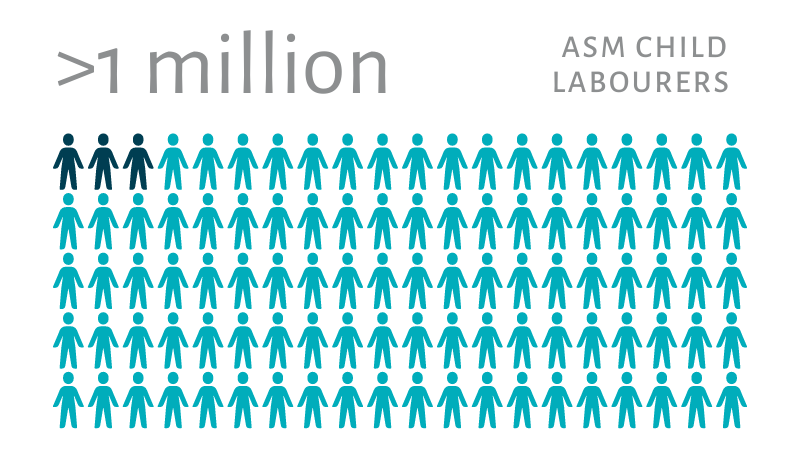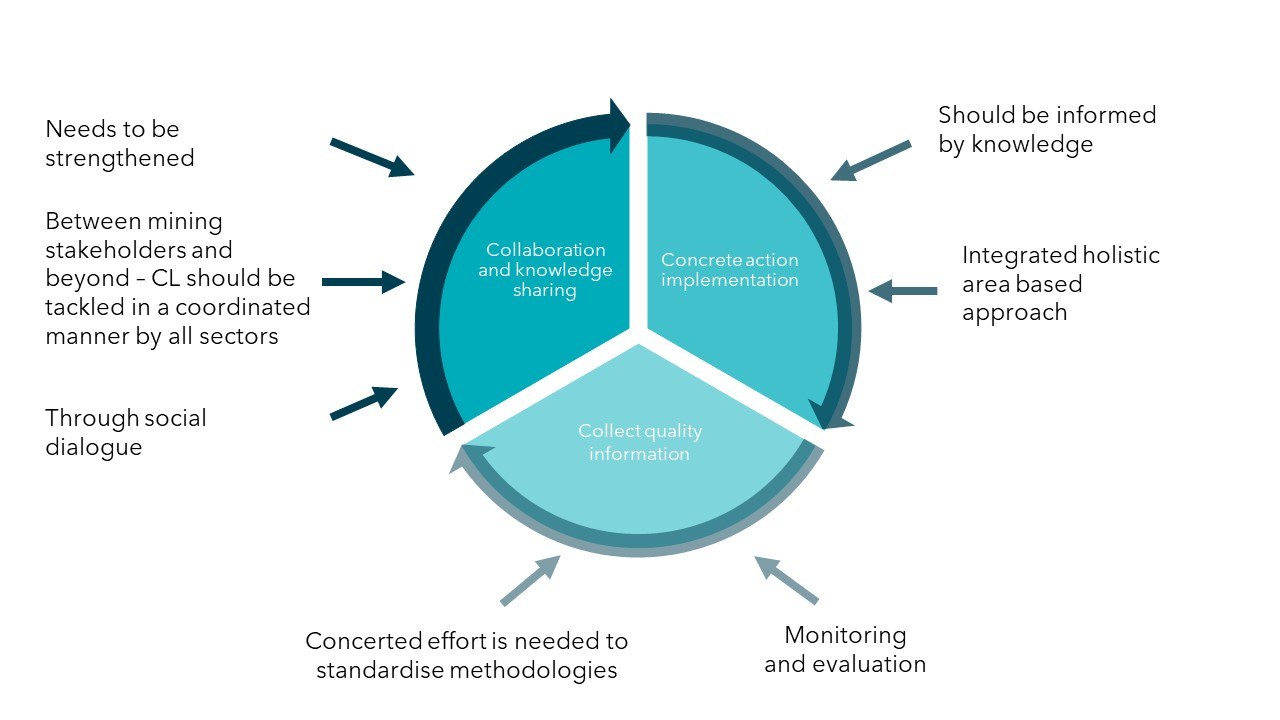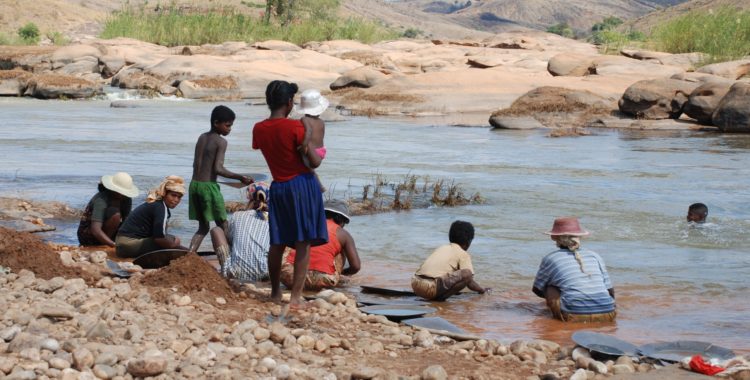As Artisanal and Small-scale Mining (ASM) continues to grow, more and more children will end up in the mining sector unless we take concerted action. Ahead of World Day against Child Labour we urge more cross sectoral attention and support to address child labour in ASM. The good news is that there is a growing focus on the plight of children in the mining and minerals sector.
Levin Sources has been working on this important issue for many years now. Below we share key learnings and recommendations to address child labour in ASM drawn from our latest report, commissioned by the ILO, in which we mapped existing interventions to address child labour and poor working conditions in the ASM sector in order to extract lessons learned and gaps from existing projects and initiatives that aim to address child labour.
Published in 2021, the report was launched at the OECD Side Session on Child Labour on 29 April 2021.
What do we know about child labour in mining?
Estimating the number of children working in mines is difficult due to a lack of clear data and the absence of uniform definitions on what constitutes child labour. However, it is estimated that there are more than 1 million children working in ASM, which accounts for 2.5% of the total ASM workforce worldwide.

Children working in ASM are engaged in a wide range of tasks, some of which are benign if they happen outside the mining site, such as providing services to miners such as selling food, to others which constitute the worst forms of child labour, such as mining activities, (like carrying heavy loads, panning, grinding, digging, sorting rocks or mixing the ground ore with mercury (for gold)), or prostitution or trafficking. Children may not solely work in mining and may move between economic sectors. For instance, in some countries, mining activities occur during the dry season, whereas in the wet season many labourers including children revert to agriculture.
ASM has grown from 13m people (1999) to over 40m today. This trajectory, combined with an increasing demand for minerals generally and disruption to traditional livelihoods due to economic and environmental disasters like pandemics and climate change, means that ASM is expected to continue grow in the coming decades. Without implementing the right measures, we can expect to see more children working in the sector too. Which actions should be taken to eradicate child labour and mitigate the potential increase in the number of child labourers?
The wheel of action: Evidence + Collaboration + Holistic Action
From all the lessons learned in our report, we extracted recommendations that have been summarised in the wheel of action. It shows how a continuous cycle of actions, data and collaboration can come together to address child labour in ASM.

1- Collaboration and knowledge sharing need to be strengthened between mining stakeholders and downstream actors. Child labour should be tackled in a coordinated manner by all sectors affected. Using the Alliance 8.7 platform is a good way to collaborate and share knowledge with other actors willing to address child labour in different sectors. The Alliance 8.7 platform is the global partnership to eradicate forced labour, modern slavery, human trafficking and child labour around the world.
The Alliance 8.7 platform’s impact is dependent on widespread user adoption. We therefore encourage all actors who want to spearhead change on child labour to join Alliance 8.7.
2 - The knowledge gained and relationships strengthened can then be used to inform concrete actions, the implementation of programmes, policies, drafting of strategies, etc. These actions follow an integrated, area-based approach; taking a holistic approach to tackle child labour in ASM and in other sectors is proven to be the best way to achieve positive results.
The Caring Gold project in Ghana and the Philippines and Somos Tesoro in Colombia are two examples of projects that are following an integrated, area-based approach. Both address all issues that affect child labour in ASM populations. The Somos Tesoro approach includes promoting formalisation, providing educational opportunities, reducing economic vulnerability and strengthening legislation and policy. Detailed case studies and briefs from both projects can be found in our mapping research study.
3 - At the same time, these actions inform the collection of new quality information for monitoring purposes and to address knowledge gaps. Here, the right methodology is key, as unless the collected information is of high quality, it could lead to wrong decisions being taken. The ILO child labour monitoring framework is a great tool to monitor cases of child labour in mining communities.
The report data comes from desk-reviews and interviews conducted in 2019, which were enhanced in 2020 before COVID-19. The report was published in 2021, and although specific data on projects might be outdated, lessons learned and main conclusions and recommendations still apply.



